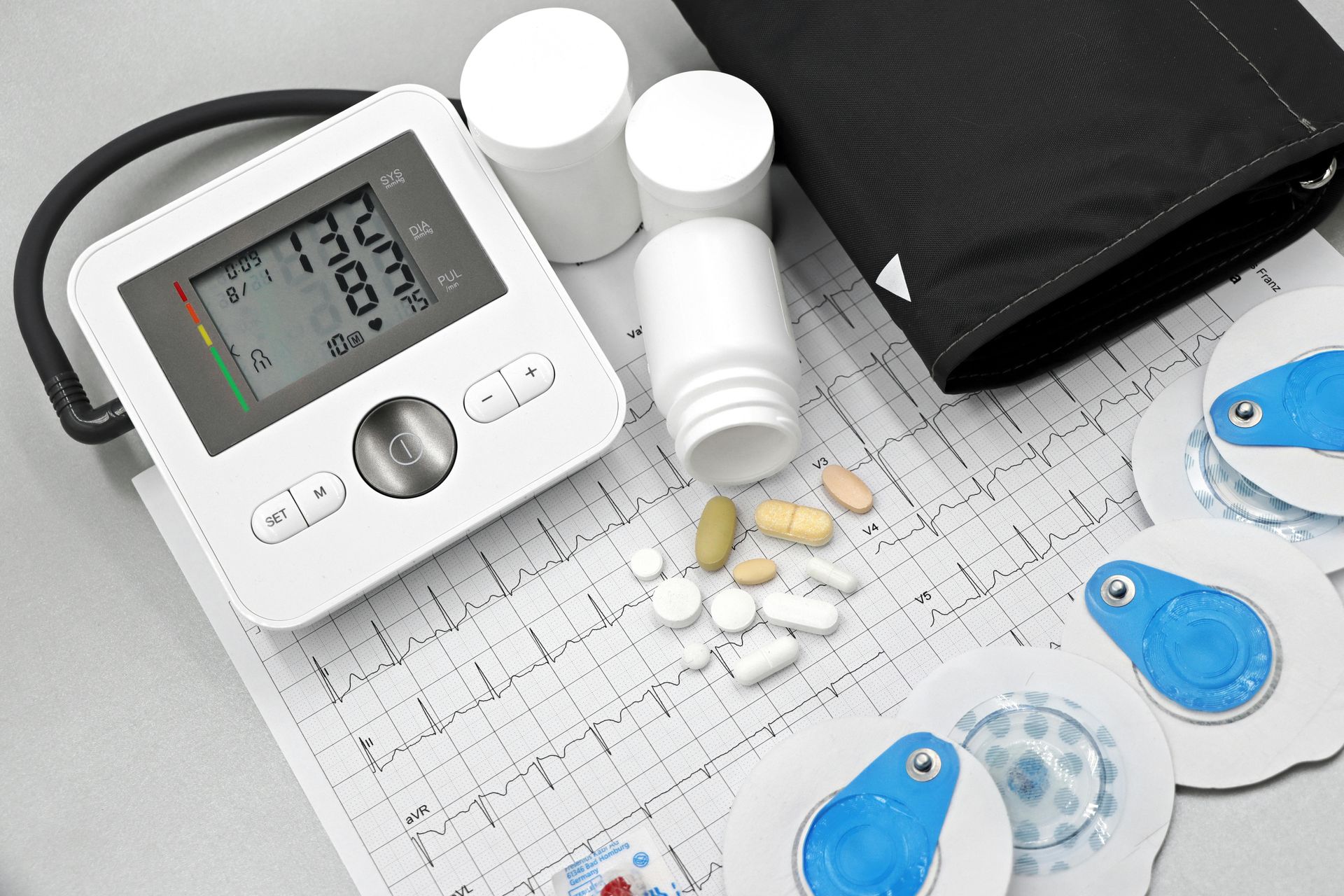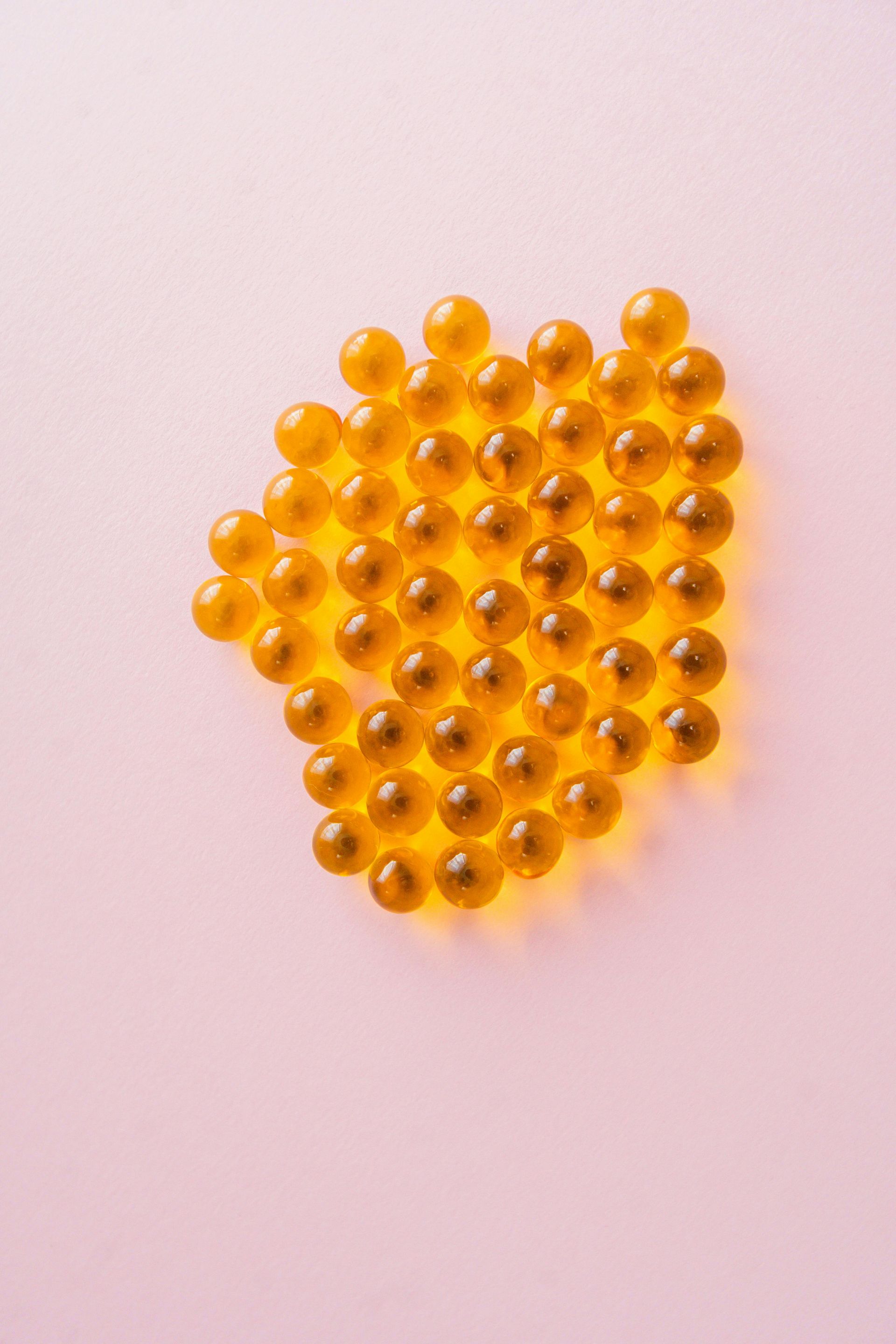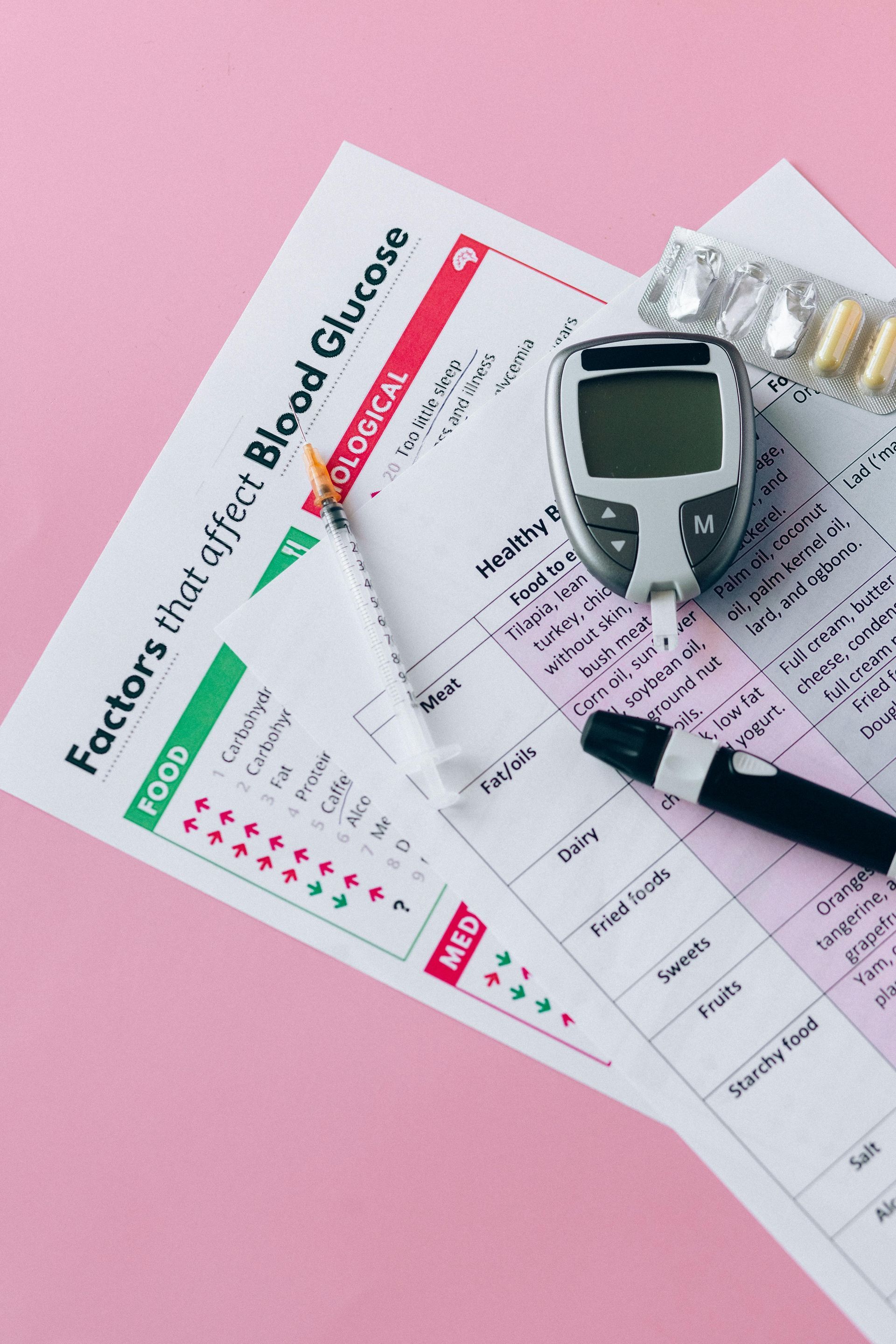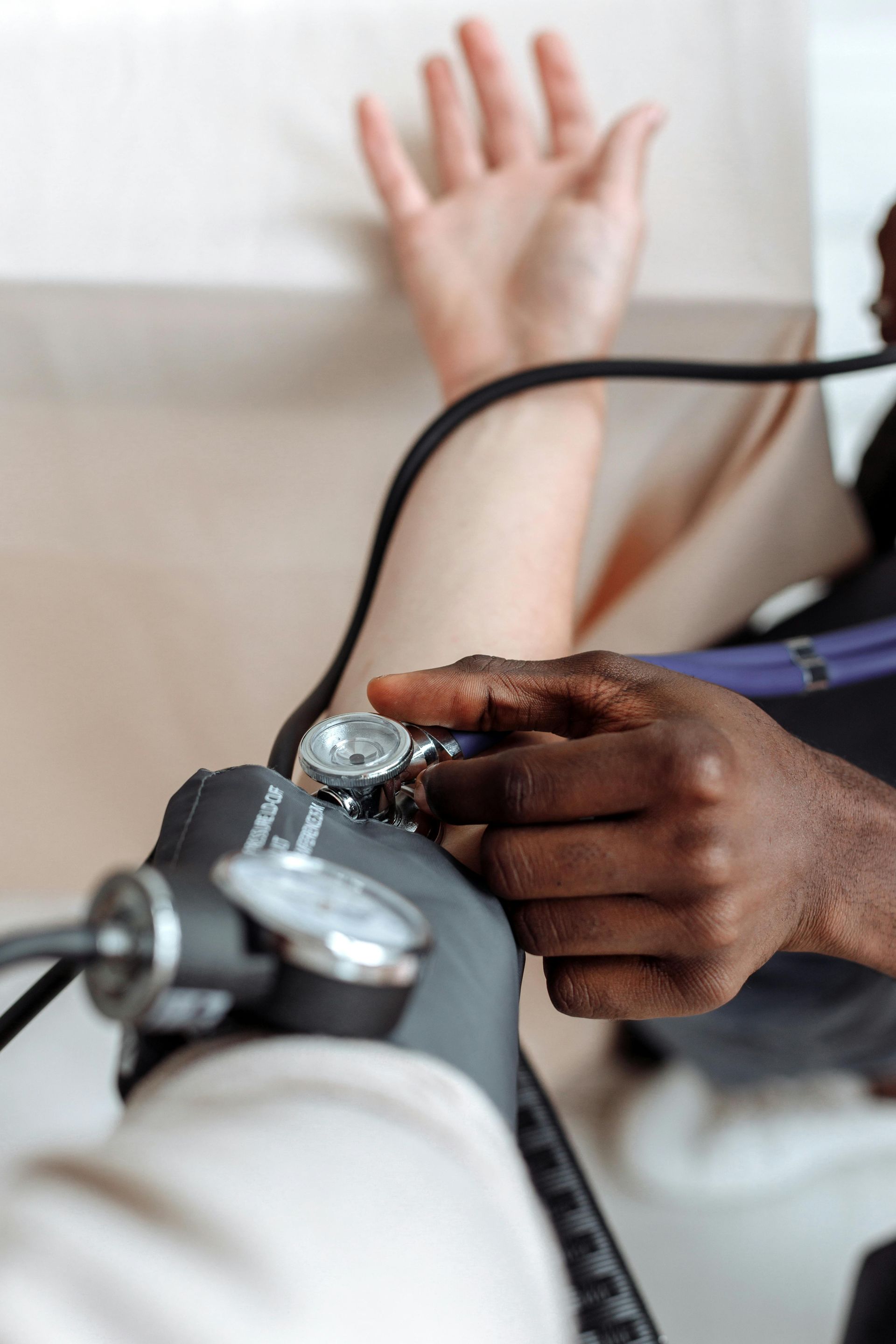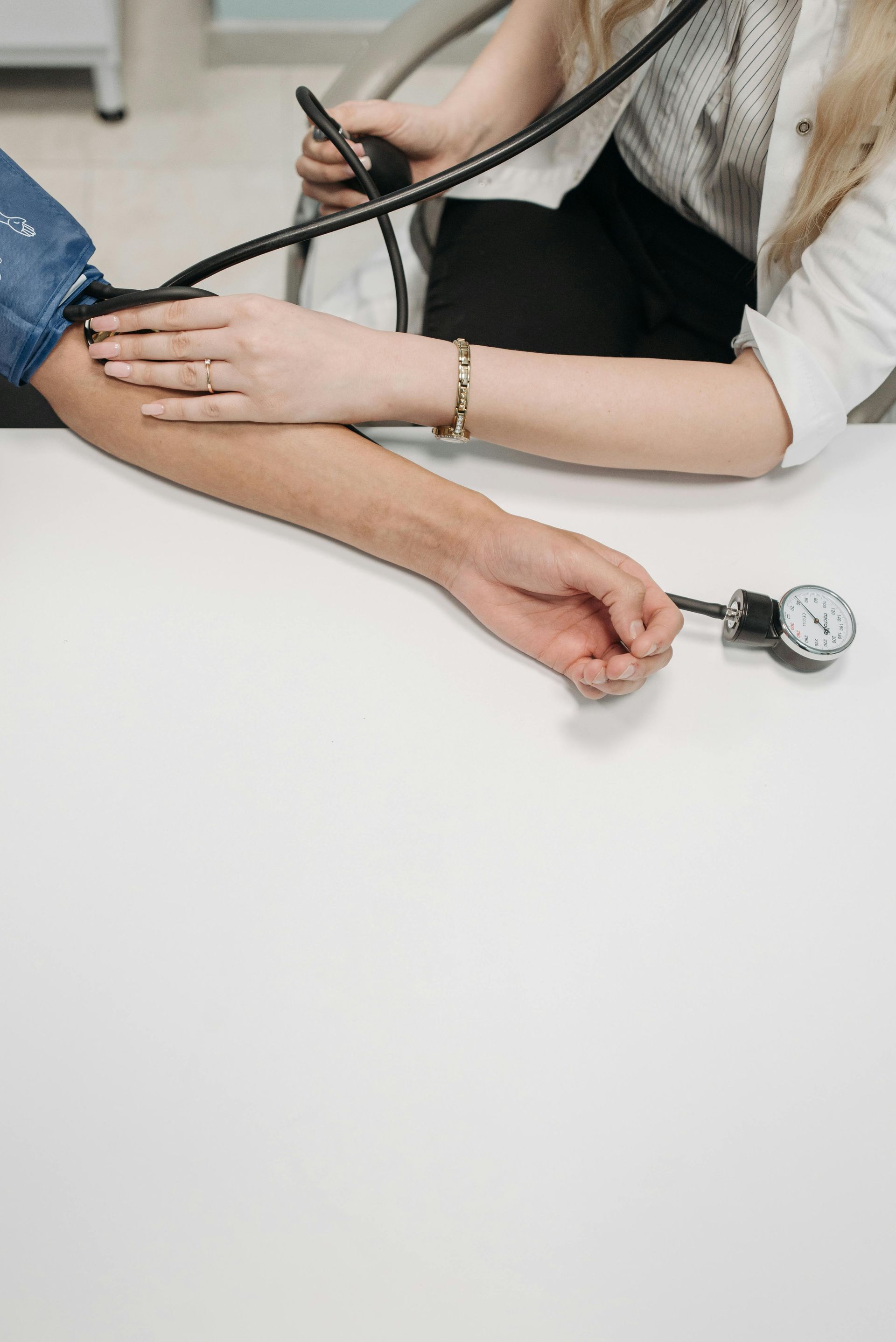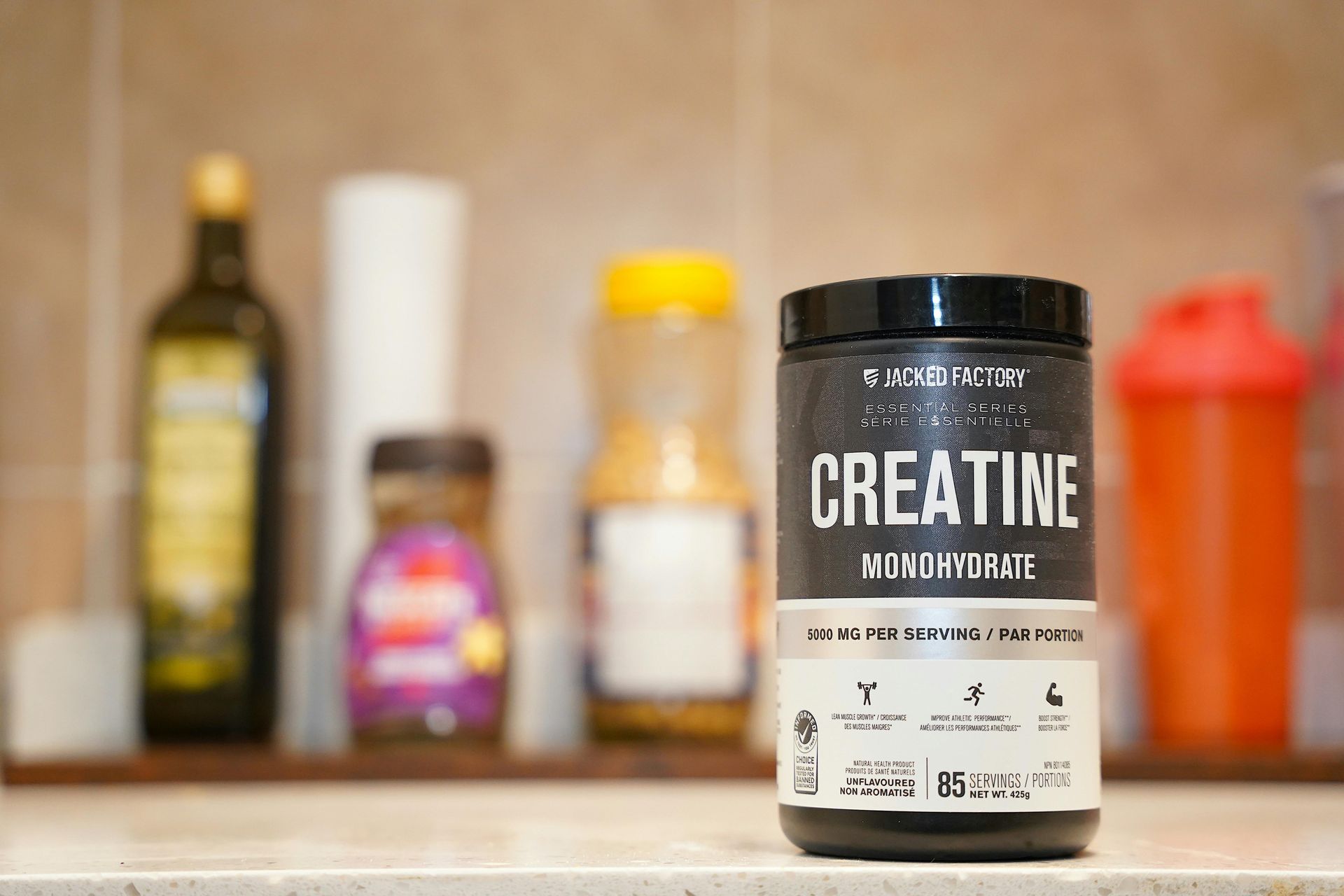Mohamad-Ali Salloum is a Pharmacist and science writer. He loves simplifying science to the general public and healthcare students through words and illustrations. When he's not working, you can usually find him in the gym, reading a book, or learning a new skill.
Where does the tattoo ink go?
Share
First, let's see the components of the skin:
- The first layer is called "Epidermis".
- The second layer is called "Dermis".
- The third layer is called the "Hypodermis", where the fat layer is found
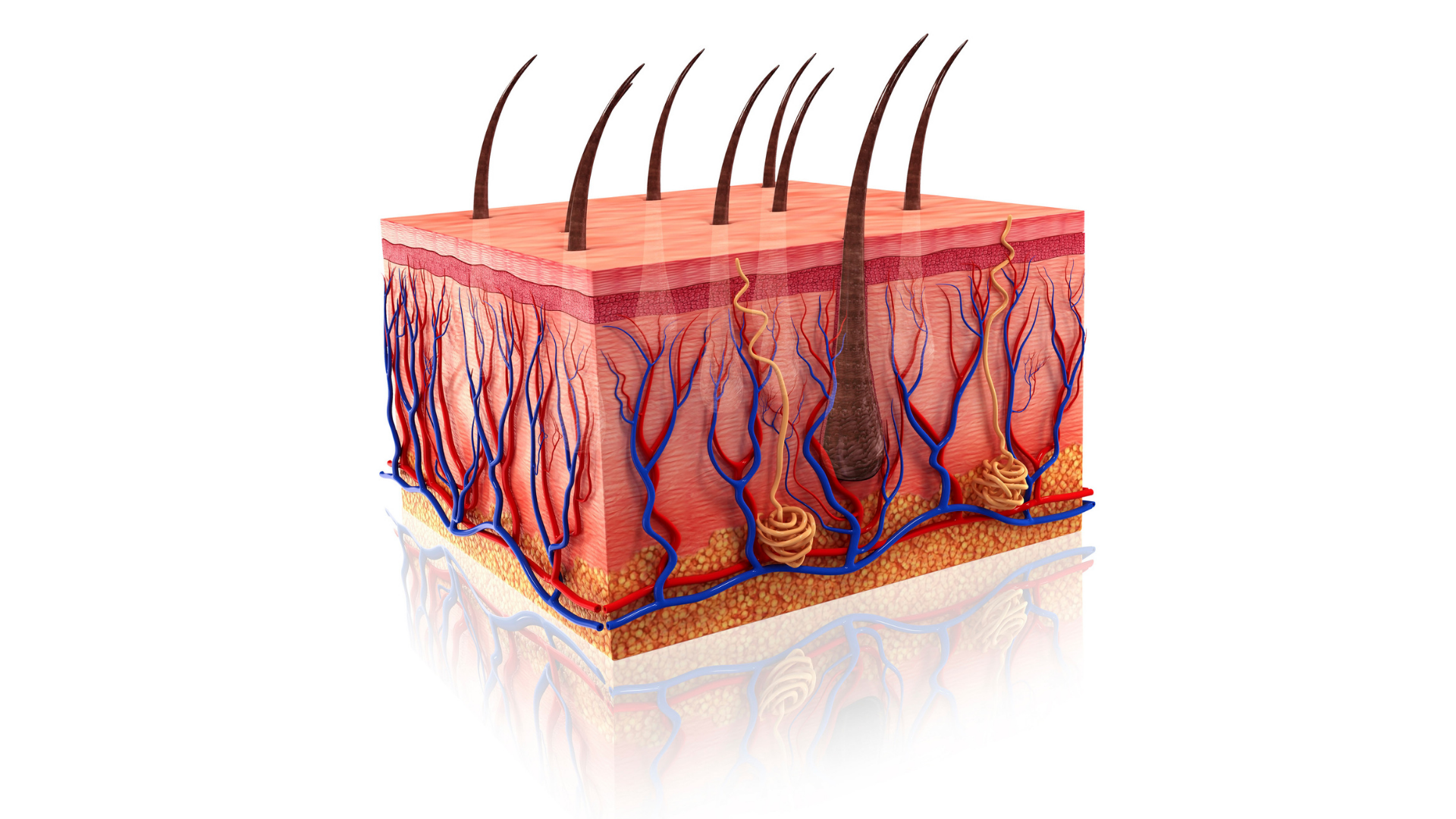
When doing a tattoo, the needle penetrates the dermis around 100 times per second to allow the ink to reside in the dermis, which is located 1.5 to 2 mm under the Skin (Epidermis).
There are nerve endings and blood capillaries, and that's why getting a tattoo may be painful and cause bleeding.
Now the question is, how does the tattoo stay in its place?
There are specialized immune cells called "Macrophages". Their role is to engulf foreign bodies and remove them from body tissues. However, this process is only half-successful when the foreign body is the tattoo ink. After that, the macrophages that engulfed the tattoo ink stays in the dermis region and the remaining ink sticks in the thick collagen tissues found in the dermis.
In most cases, the macrophages that engulfed the ink goes to the nearest lymph nodes from the tattoo. Since these cells can't break down the ink, they stay in the lymph nodes.
The side effect is that the lymph nodes will have the same color as your tattoo. Also there is some evidence that ink particles can travel through blood and reside in the liver.
List of Services
ABOUT THE AUTHOR
Mohamad-Ali Salloum, PharmD
Share
Recent articles:
















